The anatomy of a commercial flight – all you ever wanted to know: Part two
Aerotime
DECEMBER 20, 2024
At every cabin crew station, where crew members sit during take-off, landing, and during bouts of turbulence, interphones are available for cabin crew members to communicate with each other, as well as with the pilots on the flight deck. Of course, they also double up to act as the PA system for announcements to the passengers.


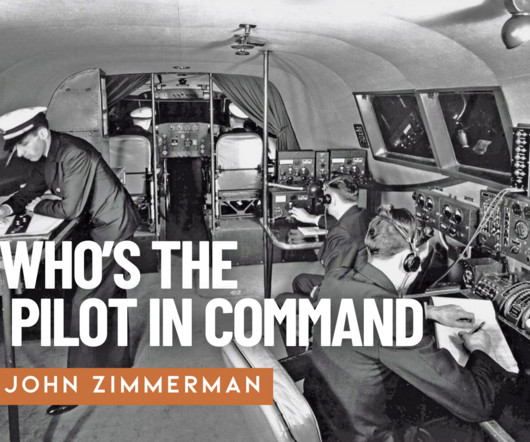
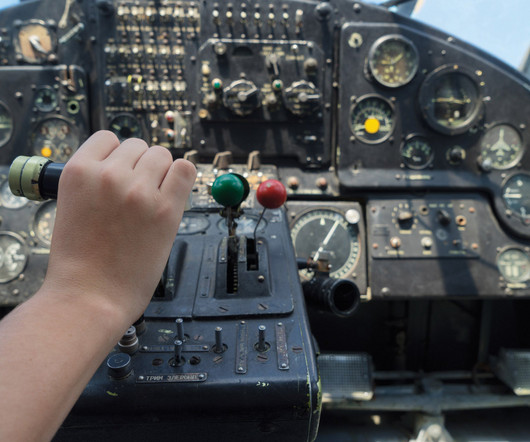
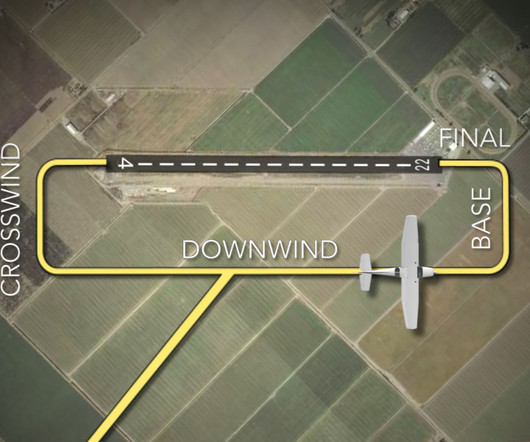

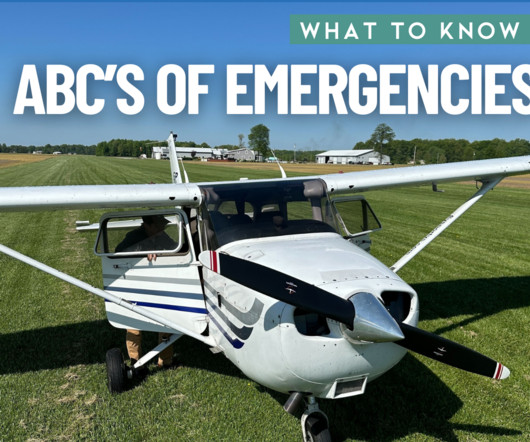
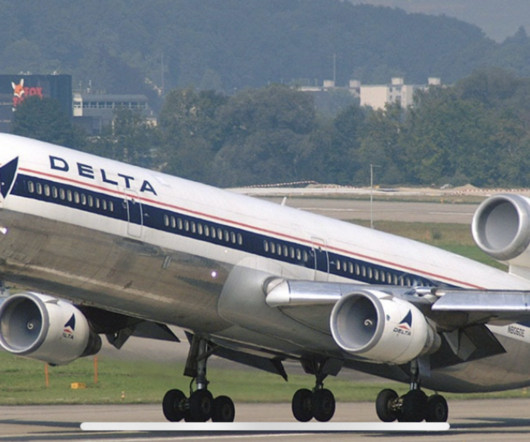

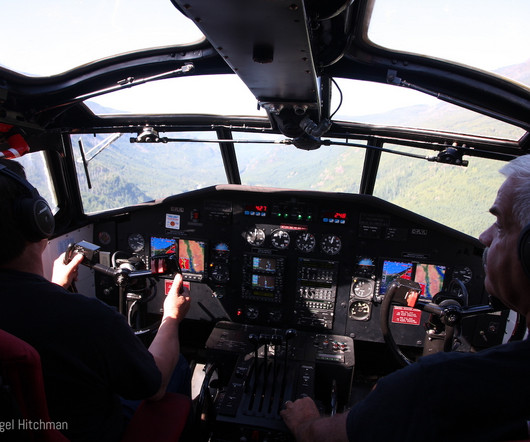

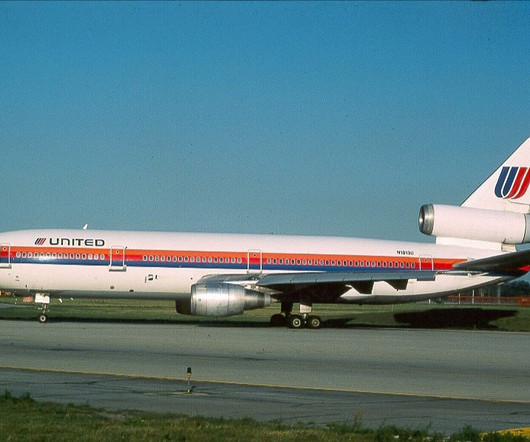








Let's personalize your content